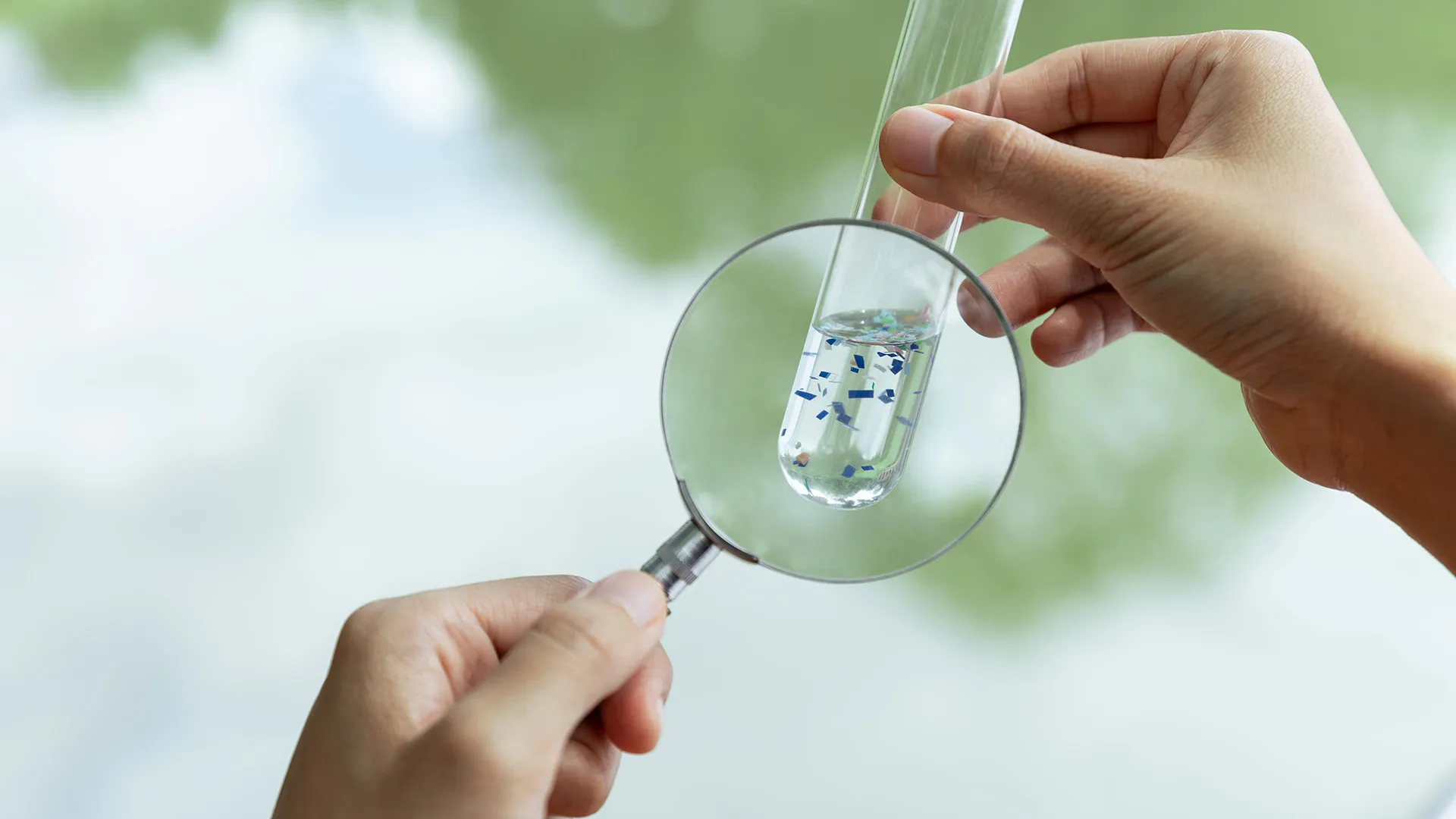Now Reading: MIT Study Uncovers Biofilms’ Role in Preventing Microplastic Accumulation
-
01
MIT Study Uncovers Biofilms’ Role in Preventing Microplastic Accumulation
MIT Study Uncovers Biofilms’ Role in Preventing Microplastic Accumulation

Quick Summary
- Microplastic accumulation is influenced by environmental factors, including the presence of biofilms formed by microorganisms.
- Research from MIT reveals that biofilms reduce microplastic deposition in sandy riverbeds and seashores due to their tendency to resuspend particles in flowing water.
- Experiments involving flow tanks with UV-light imaging demonstrated reduced particle accumulation on sediment mixed with biofilms compared to pure sand beds.
- Biofilm structures fill the pores in sediment grains, making microparticles more exposed and easier to dislodge and move downstream.
- Turbulence around simulated mangrove roots also inhibits microplastic deposition locally; sandy areas may become hotspots for microplastic accumulation compared to zones rich in biofilm.
- Researchers suggest guidance for locating microplastic hotspots based on habitat characteristics such as sediment type and environmental conditions.
Indian Opinion Analysis
The findings provide valuable insights into how natural ecosystems interact with pollutants like microplastics. For India, a country with extensive river systems and coastal regions, this research could aid policymakers and scientists working toward mitigating plastic pollution.Understanding where plastics are likely to accumulate-as a notable example, sandy stretches versus biofilm-rich muddy zones-allows targeted monitoring and cleanup efforts for more effective management.
Mangroves play a key role as biodiverse habitats along India’s coastline-this study highlights potential areas within such ecosystems requiring closer scrutiny. Additionally,as urbanization contributes significantly to plastic waste entering waterways in India,these findings offer actionable knowledge that may guide clean-up operations along rivers like the Ganga or Brahmaputra.it advances understanding of pollution dynamics within ecologically crucial areas worldwide.

























